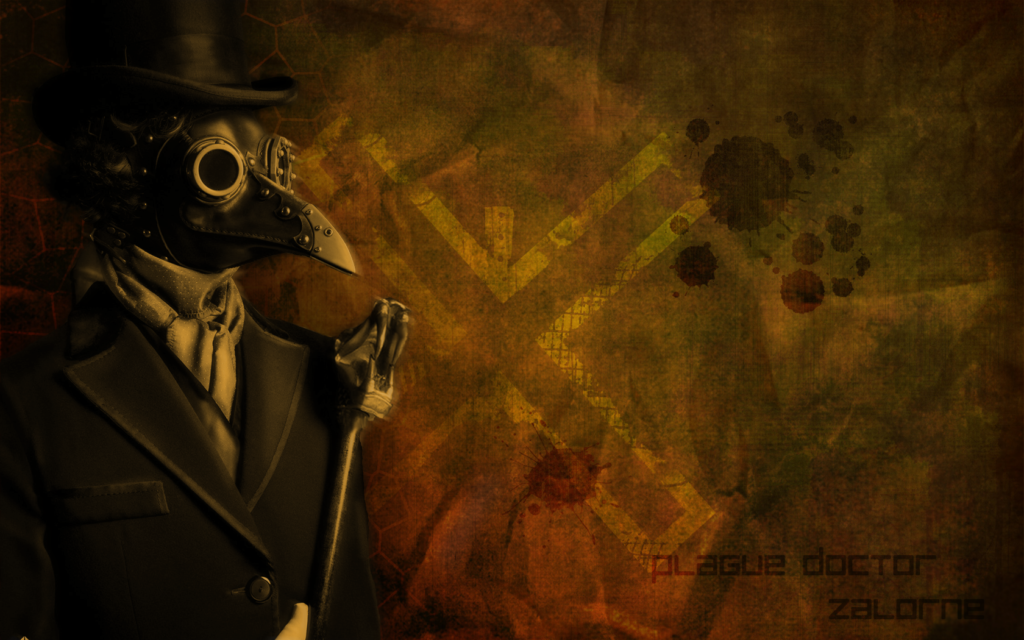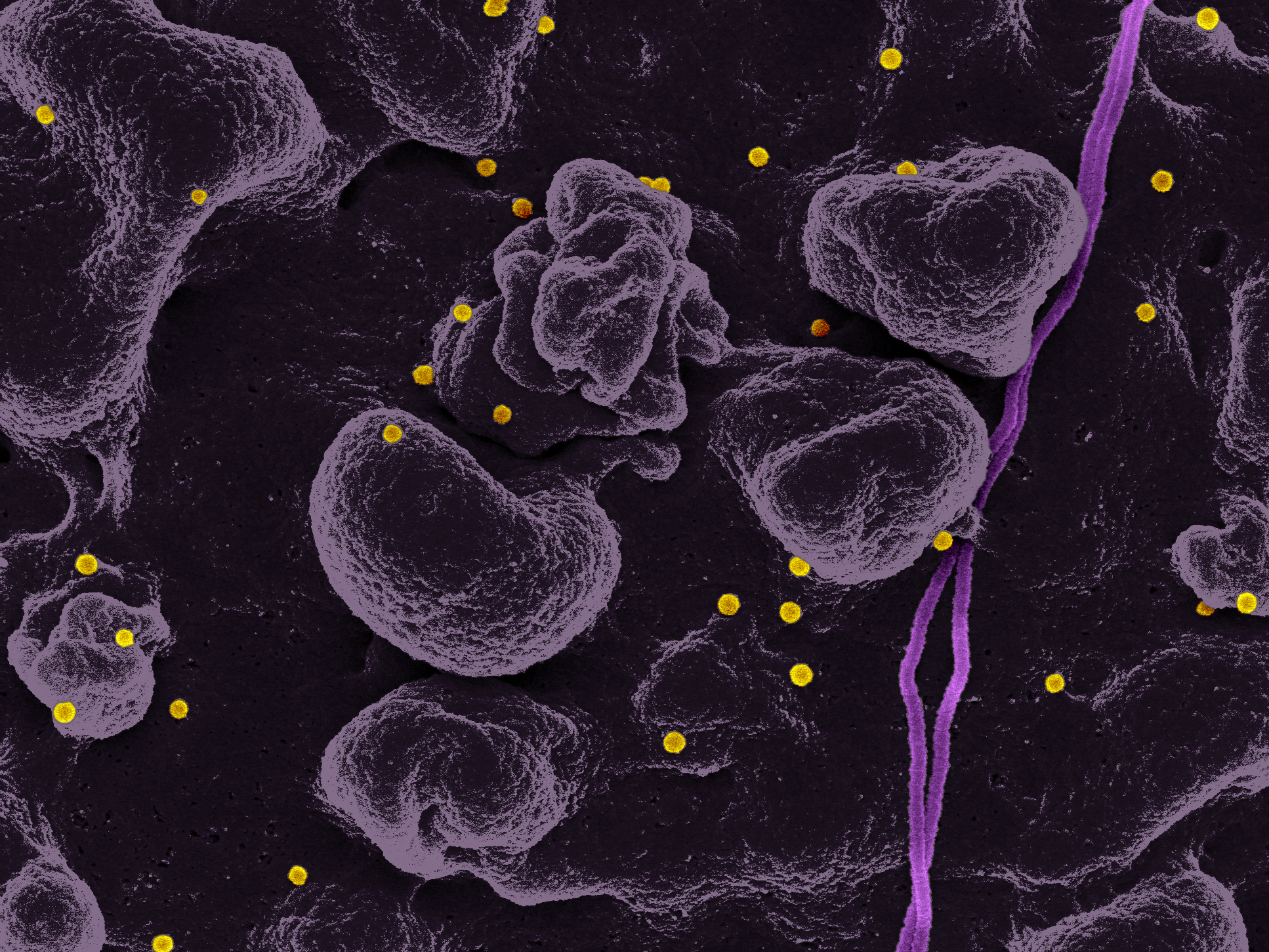Bubonic Plague Cure – The bubonic plague, also known as the Black Death in its most infamous form, has plagued humanity for centuries, leaving a mark on history and sparking fear in the hearts of generations. Understanding this deadly disease, its symptoms, and historical significance is crucial in exploring potential cures and preventive measures.

Symptoms and Transmission
The bubonic plague manifests with symptoms such as fever, chills, weakness, and swollen lymph nodes, known as buboes. It is primarily transmitted through flea bites from infected rodents or through direct contact with bodily fluids of infected individuals.
Historical Bubonic Plague Outbreaks
The Black Death, a bubonic plague pandemic that swept through Europe in the 14th century, claimed millions of lives and drastically altered societies. Other major outbreaks occurred throughout history, underscoring the persistent threat of this disease.
Traditional Treatments
Historically, various traditional treatments were attempted to combat the bubonic plague, including herbal remedies and the controversial practice of bloodletting, which involved draining blood from the body.
The Discovery of Antibiotics
The discovery of antibiotics revolutionized medicine, with Alexander Fleming’s discovery of penicillin marking a turning point in the treatment of infectious diseases, including the bubonic plague.
Modern Treatment Approaches
Today, antibiotics are the primary treatment for the bubonic plague, emphasizing the importance of early diagnosis and prompt administration of medication to prevent severe complications and mortality.
Current Research on the Bubonic Plague
Ongoing research focuses on understanding antibiotic resistance in plague-causing bacteria and developing new treatment strategies to combat this persistent threat to public health.
Preventive Measures
Preventive measures include public health strategies such as surveillance, early detection, and rapid response, as well as efforts to control rat populations and improve sanitation in at-risk areas.
Conclusion
In conclusion, while the bubonic plague remains a formidable foe, advancements in medicine and ongoing research offer hope for effective treatment and prevention strategies. Vigilance, early intervention, and continued scientific inquiry are essential in the fight against this ancient scourge.
FAQs
- Can the bubonic plague still affect people today?
- Yes, sporadic cases of the bubonic plague still occur in various parts of the world.
- Are there vaccines available for the bubonic plague?
- Currently, there are no commercially available vaccines for the bubonic plague.
- Is the bubonic plague curable if treated promptly?
- Yes, with early diagnosis and appropriate antibiotic treatment, the bubonic plague is curable.
- How does the bubonic plague spread from animals to humans?
- The bubonic plague typically spreads through flea bites from infected rodents to humans.
- What can individuals do to protect themselves from the bubonic plague?
- Avoiding close contact with rodents and practicing good hygiene can help reduce the risk of infection.




